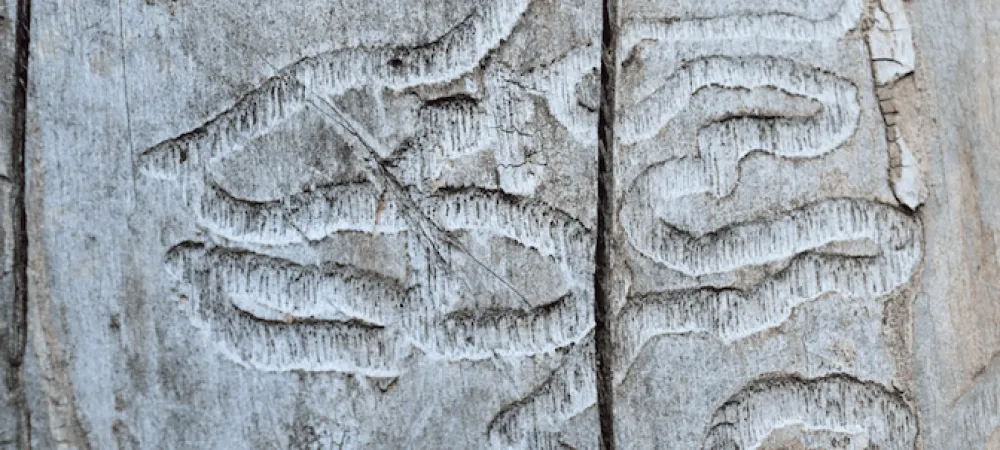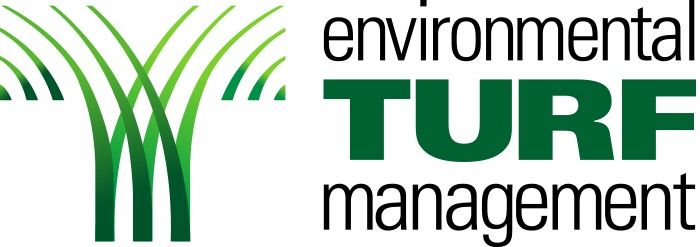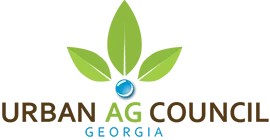What Is Emerald Ash Borer and How To Protect Your Atlanta Ash Trees

Trees are essential beings, providing us with oxygen, comfort, and beauty. While ash trees make up only about one percent of Georgia’s forests, they are a popular choice for landscapes with their beautiful flowers and multitude of colors in the fall. They also play an important ecological role in the Atlanta area’s urban watersheds and flood plains.
The most common of Georgia’s five native ash species are the white ash and green ash, whose timber is prized for making baseball bats, hockey sticks, and furniture.
Threat to Georgia’s Ash Trees
With today’s global economy, people and products are moving around the world faster and easier than ever before. Sometimes, things that are unwanted move as well, including parasites, bugs, and diseases. One such insect is an invasive species called the Emerald Ash Borer (EAB). It is believed that EAB was brought over accidentally from Asia. It is a small yet highly exotic-looking beetle packing a tremendous punch to the ash trees located throughout the Atlanta area and beyond.
What is Emerald Ash Borer?
EAB is a tiny beetle covered in a gloss of emerald green. It was first discovered in Detroit in 2002 and probably brought to Georgia through firewood or wood packaging materials. While the adult beetle causes little or no damage, the female lays her eggs inside the bark. When hatched, the larvae feed on the phloem and cambium layers, the most critical parts of the tree responsible for transporting nutrients and water for growth. Once these parts are destroyed, the tree is no longer able to sustain itself, and within one to two years, it will die.
Why is EAB So Devastating to Our Beloved Trees and Shrubs
As of 2020, EAB is now found in 36 states and five Canadian provinces. It has already killed hundreds of millions of ash trees. It was first discovered here in metro Atlanta in July 2013. It is a costly problem, costing municipalities, nurseries, property owners, and the forest industry hundreds of millions of dollars.
And like the death of any species, there is a rippling effect on other organisms. Ash trees provide shelter and are a food source for many wildlife. The seeds of an ash tree are eaten by a variety of birds, including the wood duck, bobwhite, purple finch, pine grosbeak, and fox squirrels. Butterflies, moths, and various other species live on or around ash trees.
What the Signs and Symptoms of Emerald Ash Borer?
Canopy Thinning and Crown Dieback
The first symptom an infected tree will show is the thinning and dying of twigs toward the tree’s upper canopy. It’s important to note, however, that other conditions can cause thinning of the canopy. Therefore, this symptom alone does not indicate EAB.
S-Shaped Galleries & Splitting Bark
Trees attacked by EAB have distinct S-shaped or tunnels beneath the bark. They are approximately 1/8 inch wide and packed with a mixture of sawdust and insect excrement.
Epicormic Sprouting
As EAB larvae feed, trees attempt to create callus tissue around larval galleries, which causes the bark to split vertically. You can often see the S-shaped galleries and larvae beneath the split bark.
D Shaped Exit Holes
Another symptom of EAB is the presence of D-shaped holes in the bark. When trees are stressed, they may try to grow new branches and leaves wherever possible. Stressed ash trees may have new growth at the base of the trunk or on the main branches.
What Can I as a Georgia Property Owner Do?
- Know the signs of an EAB infestation and watch all ash trees on your property
- Only buy and burn local firewood
- Do not move firewood
- Because most EAB beetles attack stressed or injured trees, it’s important to continue a tree and shrub care maintenance regime. Healthy trees in Atlanta are better able to resist these and all other insects.
Help Protect Your Ash & Other Tree and Shrubs With Environmental Turf Management
Environmental Turf Management offers a comprehensive, highly-effective tree and shrub care program to help keep your ash and all other trees healthy and robust year-round. A tree in good health, highly nourished, and equipped with dormant oil and insect control will be better able to fight off insects and diseases. Partner with us and start protecting your ash and other lawn ornamentals now. Give us a call at 770-467-3851 or contact us now.
Learn more about all things lawn and landscape-related by checking out our other blog articles. Want to get the inside scoop on Environmental? Follow us on Facebook and Twitter.



